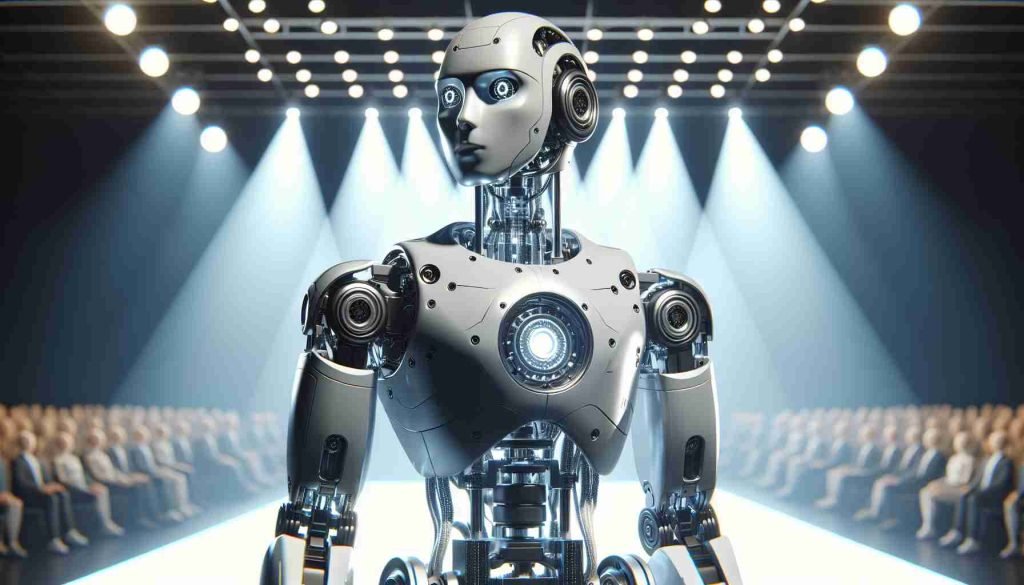In a groundbreaking event that captivated the tech world, Tesla recently showcased its latest creation, the Optimus Gen 2 Robot. Building on the success of its predecessor, this humanoid robot boasts a myriad of improvements, most notably in its hands and overall design. Tesla’s foray into robotics signifies a significant stride toward the integration of artificial intelligence and automation into our daily lives.
Enhanced Dexterity with Optimized Hands
The standout feature of the Optimus Gen 2 Robot lies in its revamped hands, showcasing a quantum leap in dexterity and versatility. Elon Musk, Tesla’s visionary CEO, emphasized the importance of equipping robots with hands that can handle various tasks with precision, mimicking human-like movements. The Optimus Gen 2 achieves this by incorporating an intricate system of sensors and actuators that enable a wide range of motions and gestures.

The robot’s hands are equipped with advanced tactile sensors, allowing it to perceive and adjust the force exerted during interactions. This development is crucial for tasks that require a delicate touch, such as handling fragile objects or performing intricate assembly work. Tesla’s commitment to improving robotic hands reflects a dedication to creating machines that seamlessly integrate into human-centric environments.
Slimmer Figure, Greater Efficiency
Beyond its hands, the Optimus Gen 2 Robot presents a slimmer and more streamlined design compared to its predecessor. The reduction in bulk not only enhances the robot’s aesthetics but also contributes to increased efficiency and agility. The sleeker figure is a testament to Tesla’s continuous efforts in optimizing the balance between form and function in robotics.
The slimmer profile also plays a vital role in the robot’s maneuverability, making it well-suited for various environments. Whether navigating crowded spaces or executing intricate tasks, the Optimus Gen 2’s improved figure ensures adaptability in real-world scenarios. Tesla envisions these robots being deployed in diverse settings, from manufacturing floors to household chores, demonstrating the company’s commitment to shaping the future of automation.
Integration of Artificial Intelligence
At the heart of the Optimus Gen 2 Robot is Tesla’s advanced artificial intelligence (AI) technology. The robot is designed to learn from its surroundings and adapt to new situations, marking a significant step toward creating machines that can operate autonomously in dynamic environments. This level of AI integration opens up possibilities for the robot to perform tasks that require problem-solving, decision-making, and even collaborative efforts with humans.
Elon Musk envisions a future where robots like the Optimus Gen 2 can alleviate humans from mundane and repetitive tasks, allowing us to focus on more complex and creative endeavors. The seamless integration of AI not only enhances the robot’s capabilities but also underscores Tesla’s commitment to developing technologies that enhance the quality of life.
Challenges and Ethical Considerations
While the Optimus Gen 2 Robot represents a remarkable leap in robotics, it also raises important questions regarding ethics and potential societal implications. The increased integration of AI in robots prompts discussions about job displacement, privacy concerns, and the overall impact on human lives. Addressing these challenges will be crucial as we navigate the path toward a future where robots play an increasingly significant role in our daily lives.
Good